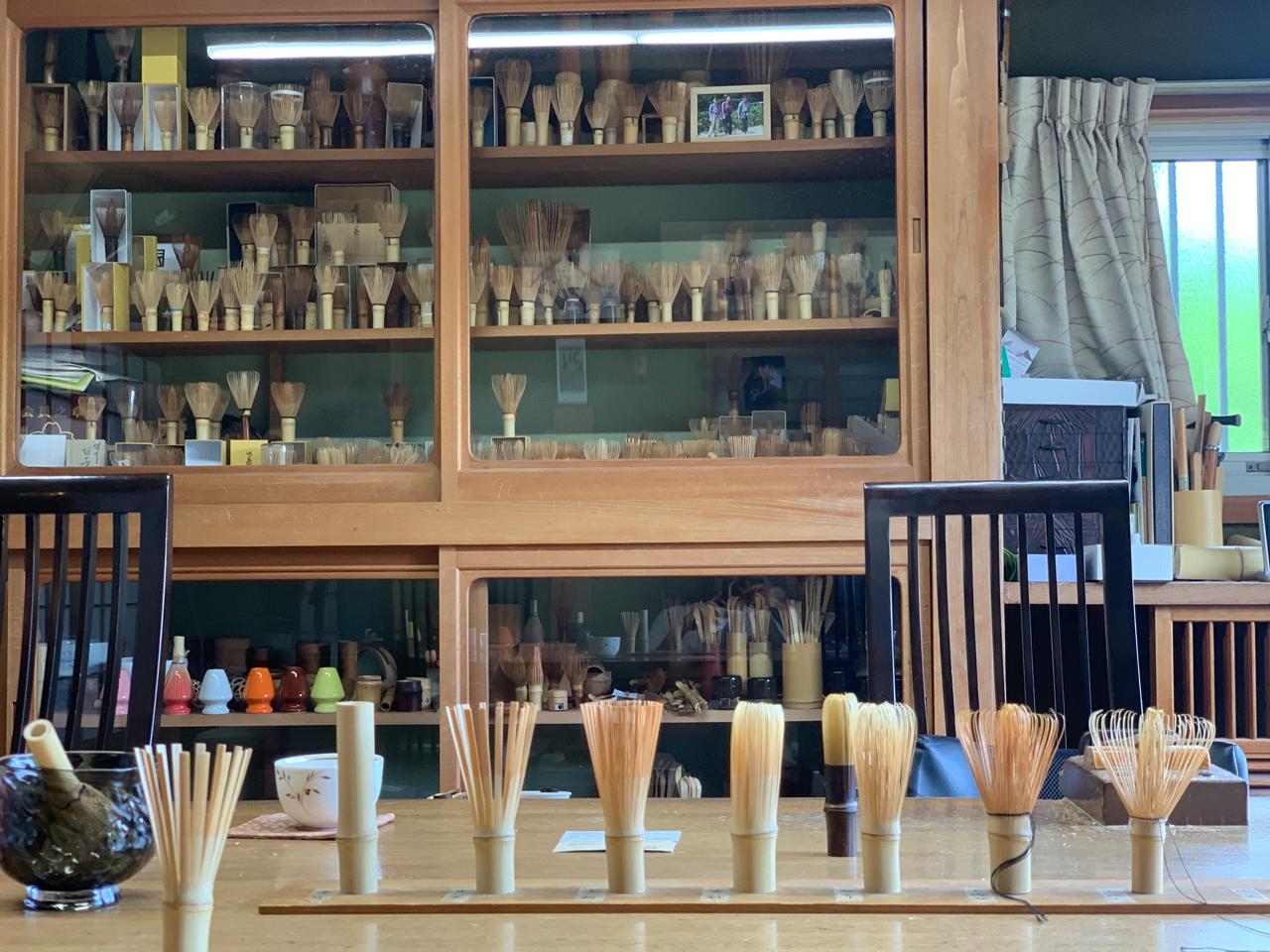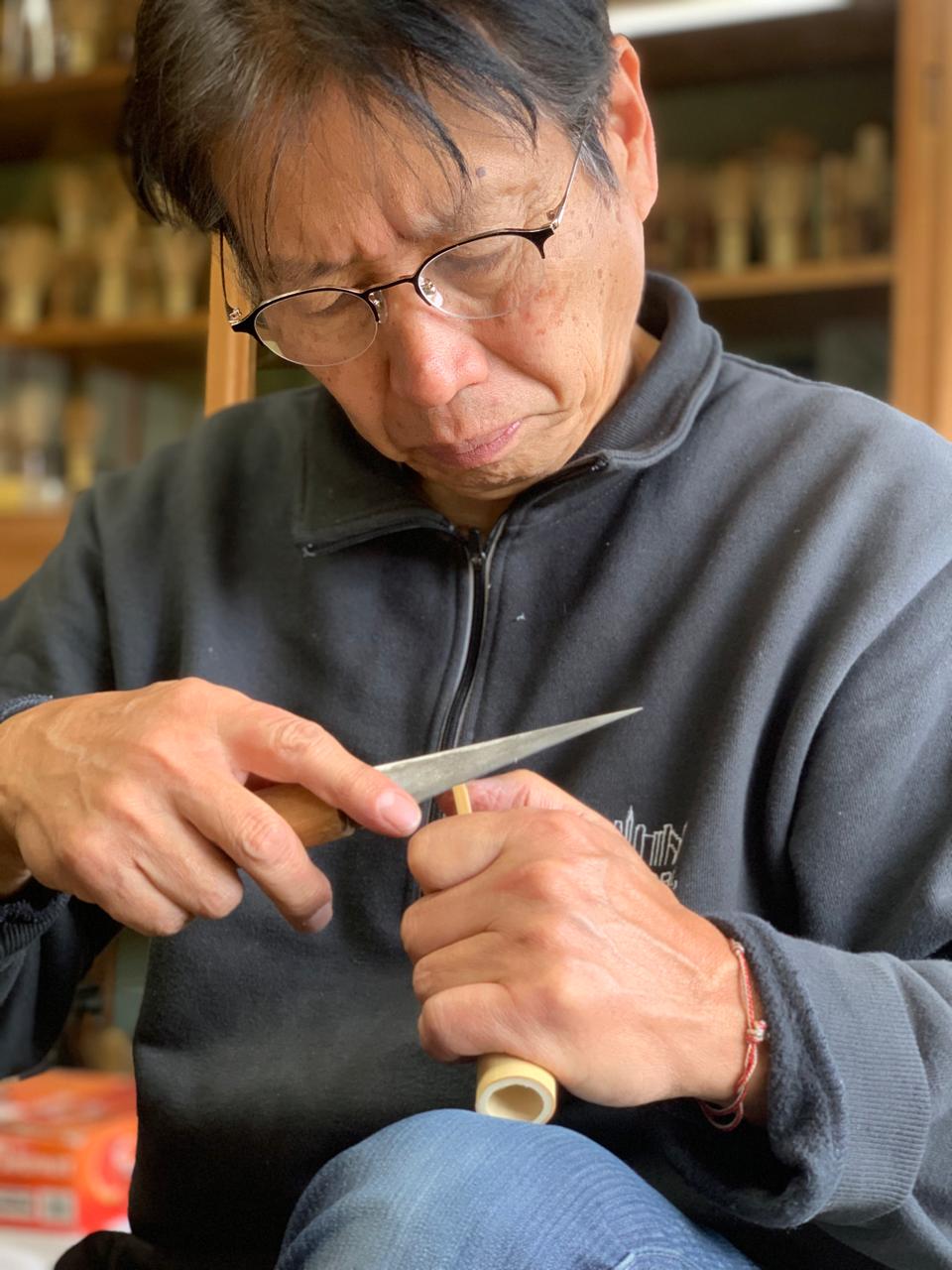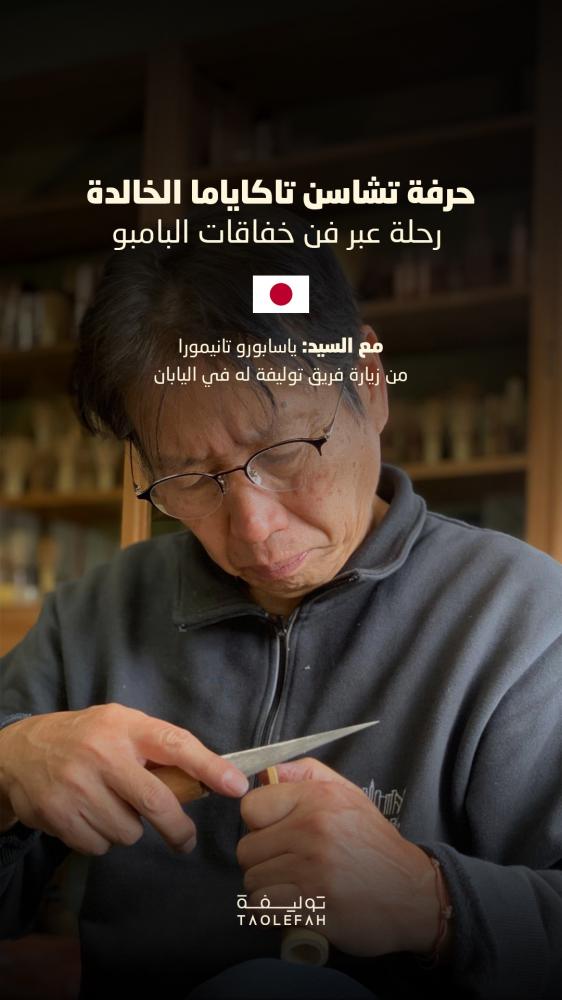The Timeless Craft of Takayama Chasen: A Journey Through the Art of Bamboo Whisks

In the esteemed realm of Japanese tea ceremonies, the Chasen (bamboo whisk) plays a pivotal role. Not just any whisk, the Takayama Chasen, stands apart in its class due to its rich history and artisanal craftsmanship. This blog post explores the subtle yet significant differences between mass-produced and artisan-made bamboo whisks, emphasizing the traditional practices of the Takayama Chasen and celebrating the work of Master Tanimurasan from Suikaen, who crafts these exquisite tools.
Delving Into the World of Chasen
The Chasen is crafted entirely from bamboo and is crucial for achieving the frothy, creamy consistency that matcha is known for. Among these, the Takayama Chasen, originating from Nara Prefecture, Japan, is particularly revered for its superior quality and durability, attributes that have been perfected over 500 years.
Artisan vs. Manufactured Whisks
While mass-produced whisks serve their purpose, they often fall short of the artisan-crafted versions in quality and durability. These are typically machine-cut and assembled, prioritizing cost-efficiency and uniformity. In contrast, Takayama artisan whisks are meticulously handcrafted, with each bamboo piece carefully selected, split, and carved to ensure optimal flexibility and longevity.
Crafting the Takayama Chasen: A Labor of Love
The creation of a Takayama Chasen involves several detailed steps, each critical to the final product:
1. Bamboo Selection: Artisans choose three-year-old bamboo, ideal for its strength and flexibility.
2. Seasoning: The bamboo undergoes natural drying processes that can extend for years to enhance its durability.
3. Splitting: Bamboo is precisely split to ensure uniformity and high quality.
4. Carving: Each of the 100 to 120 tines is meticulously carved by hand to the perfect thickness.
5. Shaping and Curling: The tines are then expertly shaped and curled to form the final structure of the whisk.
6. Binding: The handle is carefully wrapped, and the entire structure is securely bound to ensure both robustness and visual appeal.
Master Yasaburo Tanimura: A Beacon of Tradition

Master Yasaburo Tanimura of Suikaen is not only a custodian of this age-old craft but also a pioneer in enhancing it. His studio is renowned for producing some of the finest bamboo whisks, which are a testament to his precision and commitment to traditional methods. His approach includes:
- Selective Material Use: Preferring white Hachiku bamboo for its resilience.
- Precision Carving: Surpassing the typical standards with precision in each carve.
- Customization: Crafting whisks that cater to the specific preferences of tea masters.
- Innovative Techniques: Modifying the curvature of the tines to improve the aeration and froth of the tea.
Maintenance of the Takayama Chasen
Proper care is essential for preserving the quality and longevity of any Chasen. It should be thoroughly rinsed with warm water and allowed to air-dry on a Chasen holder (Kusenaoshi) to maintain its shape and prevent mold growth.
Conclusion
Selecting the appropriate Takayama Chasen can transform your matcha experience, whether you are a novice or an adept practitioner. Each whisk is designed to bring out the unique qualities of the matcha, enriching your appreciation and technique in the Japanese tea ceremony. This isn’t just about choosing a tool; it's about embracing a piece of Japanese heritage that enhances the ritual and enjoyment of matcha.

